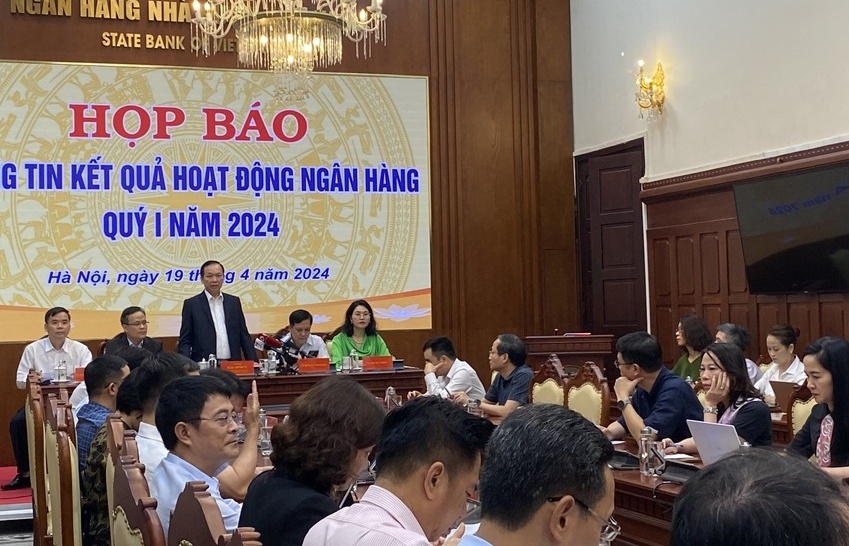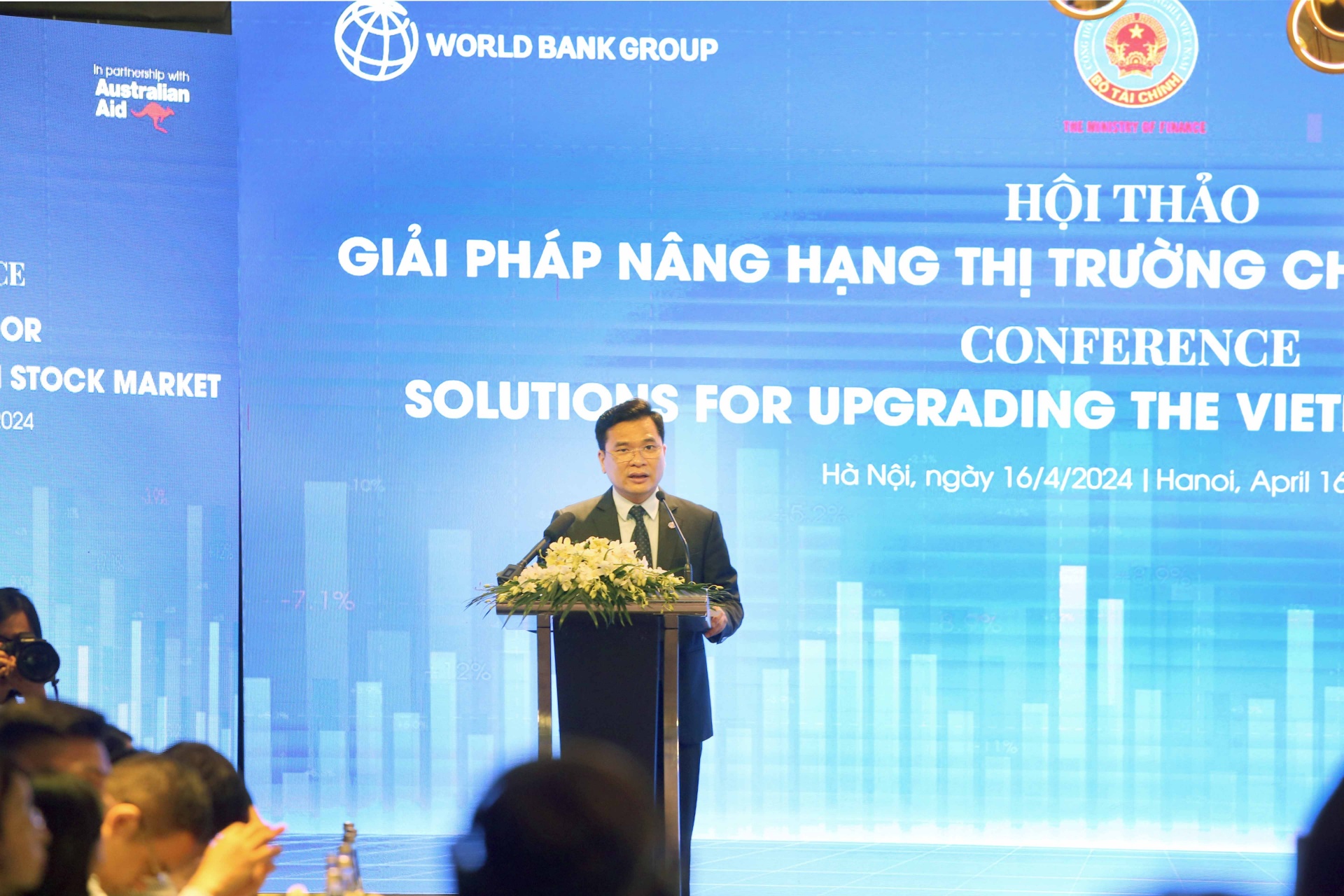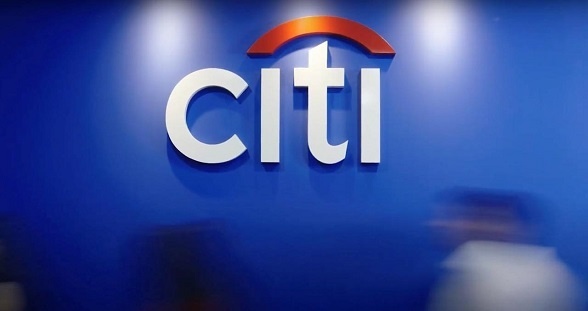SBV: Using policy to battle volatility
 |
Economists say that the global economy is rather insecure, as many policies in the US stand to be changed under the reign of US President Donald Trump. What is your take on this?
2017 will witness a great deal of difficulties and challenges in emerging markets, including Vietnam. Following the presidential election in the US, the market placed great expectations on the US economy to grow strongly, should the new government carry out its plans for tax cuts and renewed investment in infrastructure.
The Federal Reserve (Fed), in addition, is expected to hike its rates two to three times this year on the basis of higher inflation and economic growth outlook. This will pose a hard math issue to solve for many emerging markets, as the cost of borrowing USD will soar.
The USD is also forecast to strengthen further against the emerging markets’ currencies on the back of Fed rate hikes. This trend will pose a threat to central banks in emerging markets, as they have no room to trim interest rates any lower. Very often, central banks will cut their rates to stimulate the economy. However, as domestic currency loses its value against the greenback and US interest rates rise, cutting interest rates will not be simple.
We do not actually know at this stage what policies Trump will come up with when he takes office. The global economy and financial markets will be on a rocky road.
Although there may be many difficulties and unpredictable developments ahead of us both internationally and domestically, my view is the same as the result of the survey on business trends at credit institutions, carried out by the Monetary Forecasting and Statistics Department under the State Bank of Vietnam (SBV): a belief in positive developments at credit institutions in 2017.
Vietnam has taken part in many new-generation trade pacts. So what are the opportunities and challenges arising from the pacts for the local banking sector?
Vietnam’s economy has achieved much in the process of international economic integration in the past years. Nevertheless, I think that there are still many difficulties and challenges, and should we not recognise them, they will be hard to overcome.
Stout economic integration means strong flows of trade and investment, of sizable scale, which will have an impact on the monitoring of local monetary policy. There are numerous economic indicators that link to the international market like FX, interest rates, and capital inflow and outflow, which the central bank will have to follow closely and adjust its policies accordingly.
With regards to opportunities, it is the participation of foreign investors that helps transfer the management skills and technologies to diversify financial services available to the entire economy. This means that the local banking system will face fierce competition that requires them to operate more safely and efficiently, as well as enhance the competitiveness of payment systems and increase revenues from bank services.
SBV has set a target for stabilising interest rate levels and lowering medium - to long-term lending rates in 2017. How is SBV working towards this target?
Despite the unexpected developments in the global economy in 2017, I believe that Vietnam’s macro-economy will continue to be stable. The government’s commitment to a constructive economy will continue revamping the financial and public sectors, which in turn will take the country on a more sustainable path in the future.
The banking sector, however, will still be facing many daily issues, which could be even tougher than those in the previous year. For instance, it must solve the issue of lowering the lending rate given the possible increase of inflation in 2017, and at the same time take into account the rising demand for government bonds.
While the government has been working on necessary steps of reform to drive economic growth on a sustainable path, we need to look at the possibility of room for quantitative easing being limited.
I also would like to say that the inflation target for 2017 is, on average, 4 per cent, and to achieve it will be tough. If we can promote a method of co-operation between monetary policies, price controls, and the other macro-economic policies as in 2016, 2017’s inflation target could be realised. To get to the point where inflation is under control, the scope and level of the rate cuts will need to be constrained.
The SBV’s objective is to keep interest rate levels as steady as they were in 2016 - and should conditions allow, we will cut the rate under certain conditions.
Accordingly, via the open market operations, SBV will monitor liquidity and interest rates so that credit institutions having difficulty raising capital through the inter-bank market will not have to mobilise funds in M1 [demand deposits from individuals and economic organisations].
Credit institutions themselves need to balance their sources of funding and use them effectively, while at the same time minimise their costs in a bid to keep lending rates down.
What will SBV’s FX management look like, given the unpredictable movements of the global financial market?
For the FX market, SBV will continue monitoring our daily fixing rate on the basis of the fluctuations of the currencies that have a large trading volume with Vietnam. Domestic developments and considerations of the FX rate to fit macro-economic factors are also taken into account when calculating the daily fixing rate. All of these actions are necessary to stabilise the VND and subsequently enhance confidence in the local currency.
As I’ve mentioned, the global economy, especially the global financial market, still holds many uncertainties. The openness of our economy is rather broad so the impact of the uncertainties may well be complicated.
As such, the monitoring of the FX and FX market must go hand-in-hand with daily and hourly changes, in order to respond quickly to fluctuations arising from offshore and onshore developments.
SBV will, accordingly, carry on monitoring in a proactive and flexible manner using our monetary tools to stabilise the liquidity in the banking system, as well as manage the interest rates together with the FX rate to reduce speculation in the market.
What the stars mean:
★ Poor ★ ★ Promising ★★★ Good ★★★★ Very good ★★★★★ Exceptional
Latest News
More News
- Green finance discord to be addressed (April 16, 2024 | 09:48)
- More vibrant corporate bond market anticipated (April 16, 2024 | 09:40)
- MB secures prestigious software and IT service awards (April 16, 2024 | 09:39)
- Opportunities to unlock in Vietnam’s green finance arena (April 16, 2024 | 09:38)
- Interest rates likely to remain fairly levelled (April 16, 2024 | 09:25)
- UOB Vietnam partners with Betrimex on sustainability (April 15, 2024 | 15:41)
- Listing ambitions of Vietnamese banks backed by leaders (April 15, 2024 | 15:23)
- Cryptocurrency is not banned in Vietnam: Ministry (April 15, 2024 | 09:40)
- SBV to increase gold bar supply to stabilise domestic market (April 15, 2024 | 08:00)
- Behind the numbers: Techcombank’s vision for growth (April 13, 2024 | 11:00)

















 Mobile Version
Mobile Version